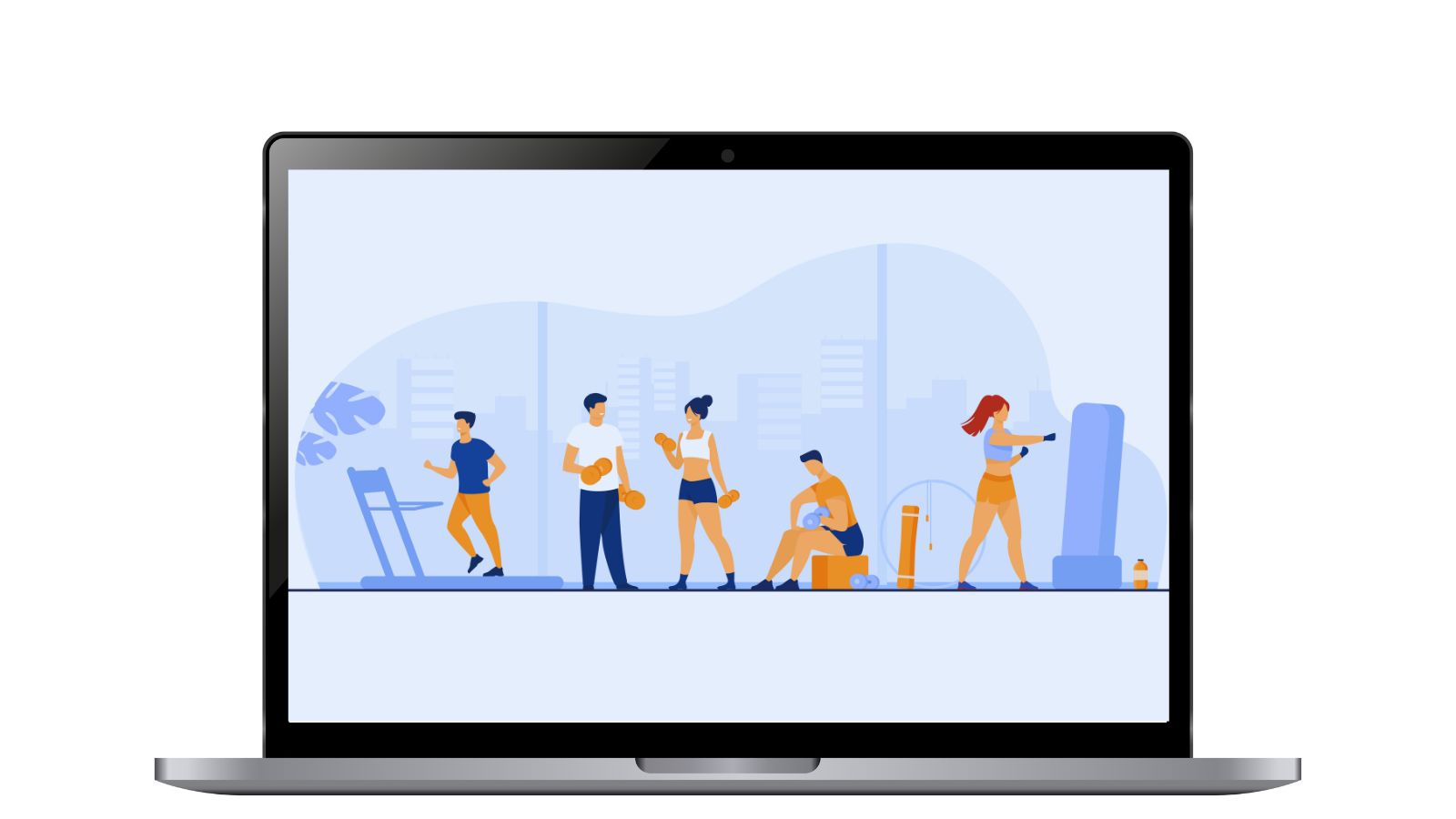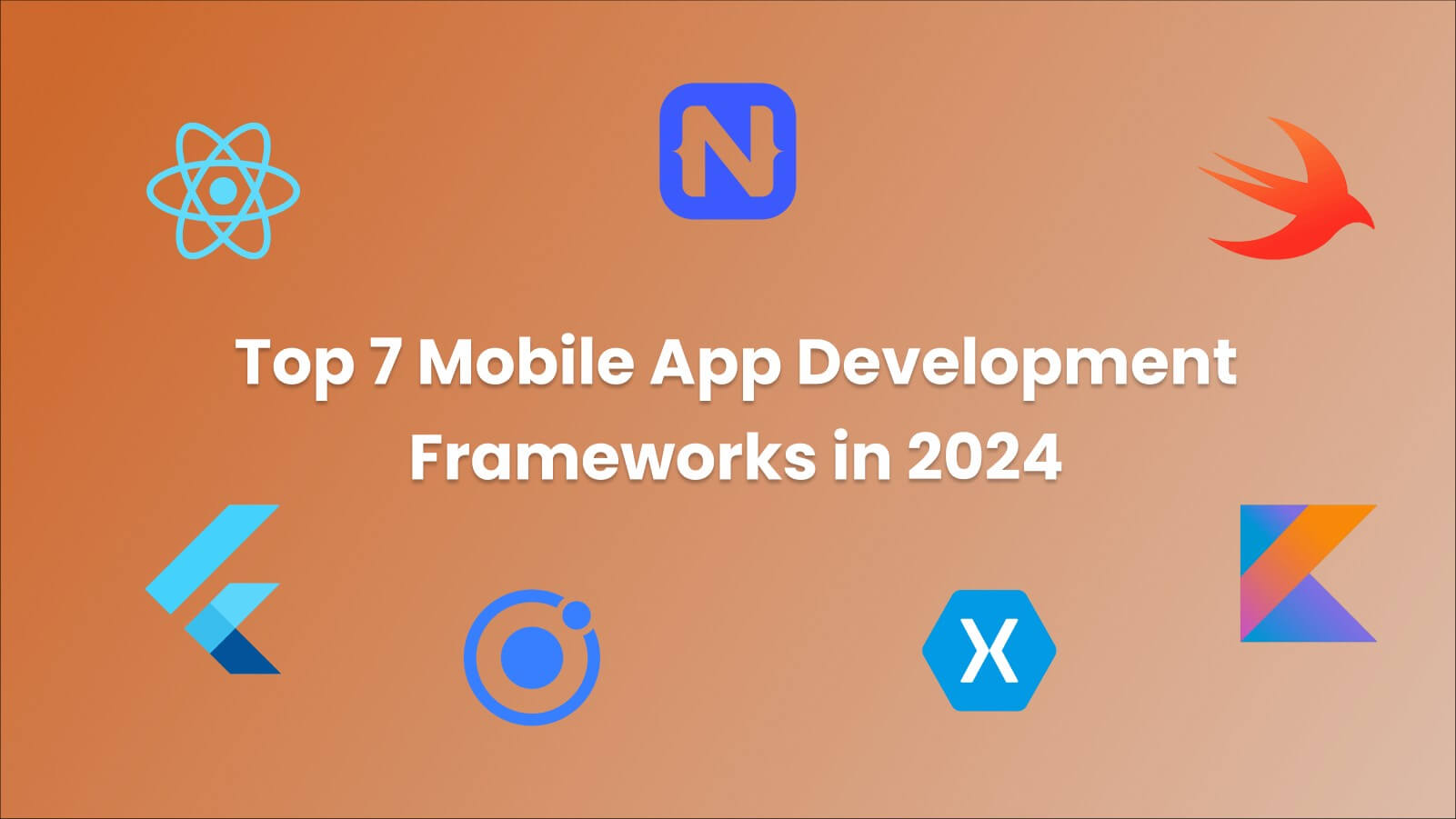
If you are a fitness enthusiast, personal trainer, or a gym owner, having a robust online presence is paramount. And the gateway to that digital realm is a well-crafted fitness website. But before you embark on this journey, there's one question that echoes in every entrepreneur's mind - “How much does a fitness website design cost?” A professional fitness website is not merely a digital placeholder; it's a dynamic tool that can propel your gym to new heights. In the competitive fitness landscape, visibility is paramount. A well-crafted website serves as a beacon, guiding fitness enthusiasts to your gym. It acts as a virtual storefront, welcoming potential clients 24/7. Accessibility is no longer confined to physical proximity; a website opens the door to a global audience, ensuring that your gym's offerings are accessible to anyone, anywhere. A professional website is a testament to your gym's commitment to excellence. It is a showcase of your facilities, services, and success stories. In the eyes of potential clients, a polished online presence translates to credibility and trustworthiness. In an industry where personal well-being is at stake, trust is the cornerstone of customer acquisition and retention. Beyond serving as a static billboard, a fitness website is an interactive platform. It facilitates seamless communication between you and your clients. From class schedules to fitness tips, a website keeps your clients informed and engaged. Social media integration further amplifies your reach, fostering a sense of community among your clientele. As the demand for online fitness resources continues to soar, a plethora of fitness websites have emerged, catering to diverse needs and preferences. There are various types of fitness websites that have carved a niche in the virtual realm. In the vast landscape of fitness websites, informational blogs stand tall as beacons of knowledge. These sites are dedicated to providing valuable insights into different aspects of fitness, ranging from workout routines and nutrition tips to the latest trends in the wellness industry. Written by fitness experts, nutritionists, and enthusiasts, these blogs serve as a treasure trove of information for individuals seeking guidance on their fitness journey. The evolution of technology has witnessed the rise of virtual fitness classes, allowing individuals to break a sweat from the comfort of their homes. These websites offer a variety of classes, including yoga, dance, and more. Users can choose classes based on their fitness levels, goals, and preferred workout styles. Building a home gym is a trend that has gained substantial momentum, especially in the wake of global events. Fitness equipment retailers capitalize on this trend by providing a platform for users to purchase high-quality exercise equipment. These websites often feature detailed product descriptions, reviews, and expert recommendations. Achieving fitness goals is not solely about exercise; nutrition plays a pivotal role. Nutrition and meal planning websites offer users personalized meal plans, recipes, and nutritional guidance. These platforms often integrate with fitness tracking apps to provide a holistic approach to health. For those who thrive on challenges and competition, fitness challenge websites provide a dynamic and engaging platform. Users can join challenges, set fitness goals, and track their progress. These websites often incorporate social features, allowing participants to connect, motivate, and compete with one another. In the age of smartphones, fitness apps have become indispensable tools for individuals seeking guidance on the go. These fitness apps offer workout routines, nutrition tracking, and progress monitoring, bringing the expertise of a personal trainer to the palm of your hand. Read here: How Much Does It Cost to Develop a Fitness App? In the ever-evolving landscape of online fitness, where first impressions matter, the design of your fitness website is a critical element that can make or break your virtual presence. The cost associated with designing a fitness website can vary significantly based on these below mentioned seven key factors. The scope of features is the foundation upon which the entire design process stands. The more extensive and complex the features you desire for your fitness website, the higher the design cost. Consider whether your website will include user accounts, workout tracking, nutrition planning, e-commerce capabilities, or integration with fitness apps. In an era where users access websites from various devices, responsive design is not a luxury but a necessity. Ensuring that your fitness website seamlessly adapts to different screen sizes - whether it's a desktop, tablet, or smartphone - adds an extra layer of complexity to the design process, influencing the overall cost. The visual appeal of your fitness website plays a crucial role in capturing and retaining user attention. The inclusion of high-quality images, graphics, and custom design elements adds to the overall aesthetics but may also contribute to increased design costs. Choosing the right content management system is pivotal to the functionality and manageability of your fitness website. While open-source CMS options like WordPress might be cost-effective, a custom-built CMS can offer more tailored solutions but at a higher price point. If your fitness website involves selling products, services, or memberships, integrating e-commerce functionality is a must. The complexity of the e-commerce system, including secure payment gateways and inventory management, can influence the design cost. The user experience is paramount in retaining visitors and converting them into loyal users. A well-thought-out UX design, including intuitive navigation, clear calls to action, and seamless interactions, requires additional effort and expertise, contributing to the overall cost. Optimizing your fitness website for search engines is crucial for visibility and attracting organic traffic. Incorporating SEO practices, such as keyword optimization, meta tags, and responsive design, can impact the cost but is an investment in long-term online success. While it's challenging to pinpoint an exact figure for fitness website design, a ballpark range can provide a realistic expectation for gym owners or fitness trainers. Keep in mind that these fitness website design estimates are rough guidelines and may fluctuate based on the factors mentioned above. In the dynamic realm of fitness, a professional website is not a luxury but a strategic necessity. The investment in a well-designed fitness website pays off in manifold ways - enhanced visibility, credibility, and engagement. Understanding the factors influencing the cost empowers gym owners to make informed decisions that align with their business goals. So, how much does a fitness website design cost? The answer lies in the unique blend of your gym's aspirations, features, and branding. It's an investment in the present and future success of your fitness venture. Ready to elevate your gym's digital presence? Unlock the power of a professional fitness website designed to propel your business forward. Request a free quote today and embark on a journey of digital transformation.Importance Of A Professional Fitness Website For A Gym Owner
1) Enhancing Visibility and Accessibility:
2) Building Credibility and Trust:
3) Facilitating Communication and Engagement:
Types Of Fitness Websites
1. Informational Fitness Blogs:
Key Features:
2. Online Fitness Classes Platforms:
Key Features:
3. Fitness Equipment Retailers:
Key Features:
4. Nutrition and Meal Planning Platforms:
Key Features:
5. Fitness Challenges Websites:
Key Features:
6. Fitness Apps:
Key Features:
Factors Influencing Fitness Website Design Cost
(1) Scope of Features:
Key Considerations:
(2) Responsive Design:
Key Considerations:
(3) Visual Elements:
Key Considerations:
(4) Content Management System (CMS):
Key Considerations:
(5) E-commerce Integration:
Key Considerations:
(6) User Experience (UX) Design:
Key Considerations:
(7) Search Engine Optimization (SEO):
Key Considerations:
The Average Cost Of Fitness Website Design
1. Basic Informational Fitness Website:
For a straightforward informational fitness website with essential pages like home, about us, services, and contact, the cost can range from $2,000 to $5,000. This includes template-based design, basic customization, and content integration.2. Fitness E-commerce Website:
For gyms offering memberships, class bookings, and e-commerce capabilities, the cost escalates. Expect to invest between $5,000 and $10,000, depending on the complexity of features, payment gateway integration, and security measures.3. Custom-designed, Feature-rich Fitness Website:
Gyms aiming for a unique, custom-designed website with advanced features, seamless responsiveness, and robust SEO can anticipate costs ranging from $10,000 to $25,000 or more. This investment caters to long-term scalability, branding, and user experience.Conclusion
Email us at sales@iihglobal.com, and let's sculpt a digital masterpiece for your fitness venture.








